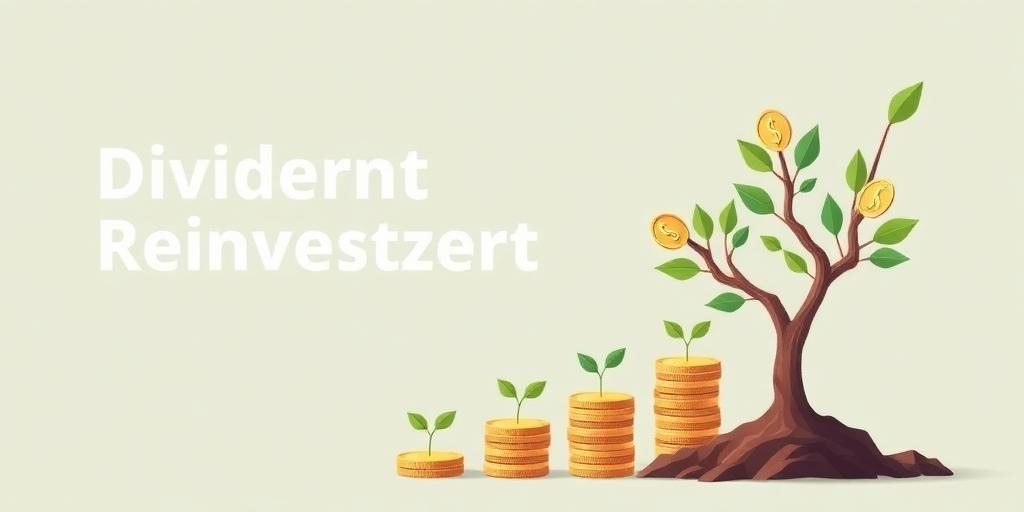Understanding Dividend Reinvestment
Dividend reinvestment is a powerful strategy for long-term wealth accumulation. It involves using the dividends you receive from your investments to purchase additional shares of the same stock or fund. This process, when executed strategically, can significantly amplify your returns through the magic of compounding.
The Power of Compounding
Compounding is the principle where your earnings generate further earnings. When you reinvest dividends, you're not just earning returns on your initial investment but also on the subsequent shares purchased with those dividends. Over time, this snowball effect can lead to substantial growth.
Setting Up Dividend Reinvestment
Most brokerage firms offer Dividend Reinvestment Programs (DRIPs). Enrolling in a DRIP allows your dividends to be automatically reinvested, simplifying the process. Here’s how to get started:
- Open a Brokerage Account: Choose a brokerage that offers DRIPs.
- Enroll in DRIP: Navigate to your account settings and select the DRIP option.
- Select Eligible Investments: Not all stocks or funds may be eligible for DRIPs. Check with your broker.
Choosing the Right Investments for DRIP
Selecting the right investments is crucial for maximizing the benefits of dividend reinvestment. Consider these factors:
- Dividend Yield: Look for companies with a history of consistent dividend payouts.
- Growth Potential: Choose companies with strong growth prospects to enhance long-term returns.
- Financial Stability: Opt for financially stable companies to minimize risk.
Strategies for Maximizing Growth
To truly optimize your dividend reinvestment strategy, consider the following techniques:
- Dollar-Cost Averaging: Invest a fixed amount regularly to mitigate market volatility.
- Diversification: Spread your investments across various sectors to reduce risk.
- Tax Implications: Be aware of the tax implications of dividend reinvestment.
The Tax Perspective
While dividend reinvestment is a powerful growth strategy, it's essential to understand the tax implications. Dividends are generally taxable in the year they are received, regardless of whether they are reinvested or taken as cash. Consult a tax professional to navigate these complexities effectively.
Conclusion
Reinvesting dividends is a strategic move that can significantly enhance your investment returns over time. By understanding the principles of compounding, setting up a DRIP, selecting the right investments, and employing effective strategies, you can harness the full potential of dividend reinvestment for maximum growth. Always consider the tax implications and seek professional advice to ensure your strategy aligns with your financial goals.









